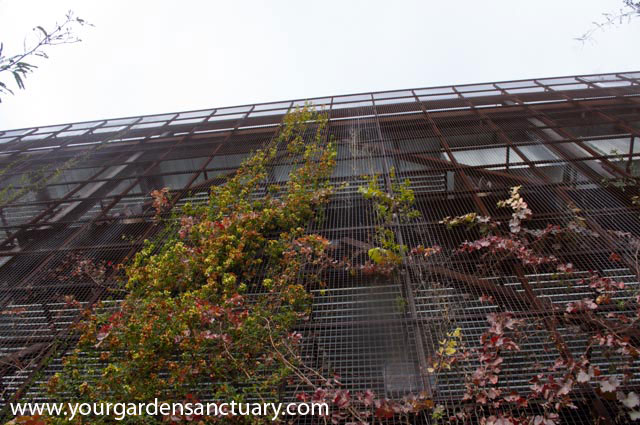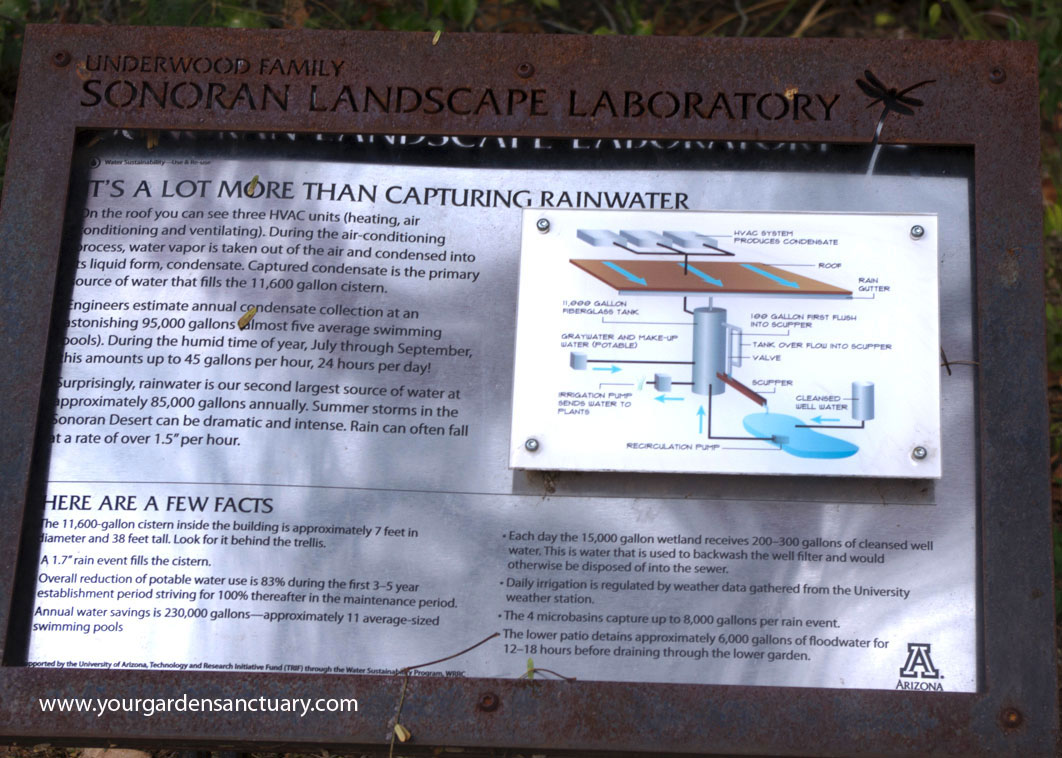After the New Year is over is a great time to start thinking about changes you want to make in your yard this year. Before you reach for those plant and seed catalogs, lets think bigger picture.
Perhaps you fall into ones of these categories.
- You have a new house and don’t have any landscaping
- Your yard needs a serious over haul.
- Maybe you are like me and are pretty happy with your backyard but realize you better do SOMETHING to your front yard besides neglect your lawn.
Now is a great time to begin planning just what it is you want from your landscape.
Before you can decide what you want, lets think about some of the benefits your landscape can provide.
What can your garden provide?
Here are some of the things we commonly think a garden can do for us:
- Provide a beautiful setting to relax in
- Provide a fun and safe setting for our children to play in
- Attract wildlife like birds and butterflies
- Provide food for you and your family
- Increase your homes property value and curb appeal
Other benefits
There are many more benefits that a well designed landscape can provide. These include:
- Reduce flooding or standing water issues
- Cut your summer and winter energy costs
- Reduce the need for maintenance
- Reduce or eliminate the need for water, fertilizer and pesticides
- Save us hundreds to thousands of dollars in maintenance costs
I recently completed the Landscapes for Life train the trainer course from the United States Botanic Garden and Lady Bird Johnson Wildflower Center.
The course is based on the principles of The Sustainable Sites Initiative™.
“The central message of the Sustainable Sites Initiative program is that any landscape – whether the site of a large subdivision, a shopping mall, a park, an abandoned rail yard, or even one home – holds the potential both to improve and to regenerate the natural benefits and services provided by ecosystems in their undeveloped state. ” – Sustainable Sites website
The Landscapes For Life program shows homeowners how to work with nature in their garden, no matter where they live, whether a city or suburb or farm. It shows that it’s possible to create a great looking garden that’s healthier for you, your family, your pets, and the environment and that saves you time and money.
To see a certified Sustainable Site in person, I recently visited the Underwood Family Garden on the campus of the University of Arizona in Tucson, AZ. This garden demonstrates principles of sustainable gardens in a tough urban setting.

While I was there in winter (yes they even have winter in the desert!), I could still imagine the lushness this space would exhibit in a couple of months. The site is not only a retreat from the harsh climate for those that visit it, it also provides the following benefits:
- Cools Air Temperature
- Creates Habitat for Wildlife
- Ecologically Manages Storm water
- Provides Shade
- Reintroduces Native Plants
- Re-uses Waste
- Salvages Materials


Two more benefits
Here are two more benefits I feel are needed now more then ever. Gardens can help us:
- Recover from stress and mental fatigue
- Connect us with nature.
There is a ton of research going on right now that is exploring the mental benefits of nature and nature inspired gardens. Just two examples include the University of Illinois at Urbana-Champaign Landscape and Human Health Laboratory and the University of Washington’s Green City.
So what do you want?
Now is a great time to sit back and create a wish list. What benefits do you want from your garden?
Don’t worry about exactly how it will give you those benefits, just create your wish list.. For example:
- Are you tired of mowing the lawn every week or paying to have it done?
- Do you really need a place to sit for 15 minutes and recover from your stressful job each day?
- Do you want a beautiful and lush landscape even though you are in an area where watering restrictions are in force?
- Maybe you want a great view from inside your house especially those 3 months in the winter when you don’t go outside much.
First, figure out what you want.
Then we can worry about figuring out how to get it.
